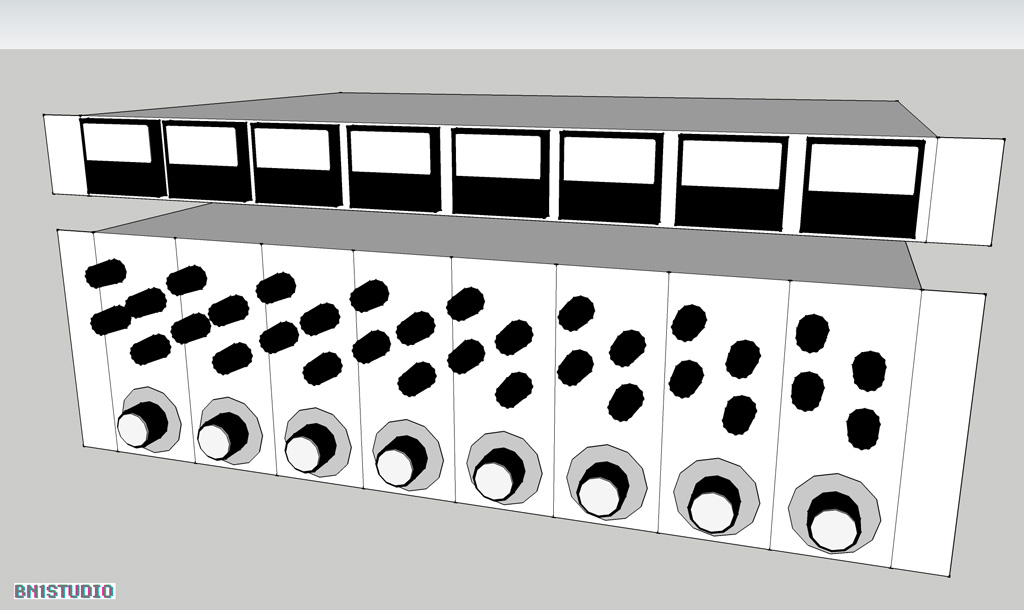I've decided to go the impedance balanced output route. Saved an opamp that way, and it's not fuzzy about being run as an unbalanced output - just in case...
The meter amplifier fit nicely on the board as well. Everything in the meter amp square can just be omitted in case one doesn't want metering.
Schematic and board render has been updated in the first post. If you guys can spot any schematic errors, please let me know. I'll order a run of prototype boards from seeedstudio next monday, if everything goes according to plan.
The meter amplifier fit nicely on the board as well. Everything in the meter amp square can just be omitted in case one doesn't want metering.
Schematic and board render has been updated in the first post. If you guys can spot any schematic errors, please let me know. I'll order a run of prototype boards from seeedstudio next monday, if everything goes according to plan.



































